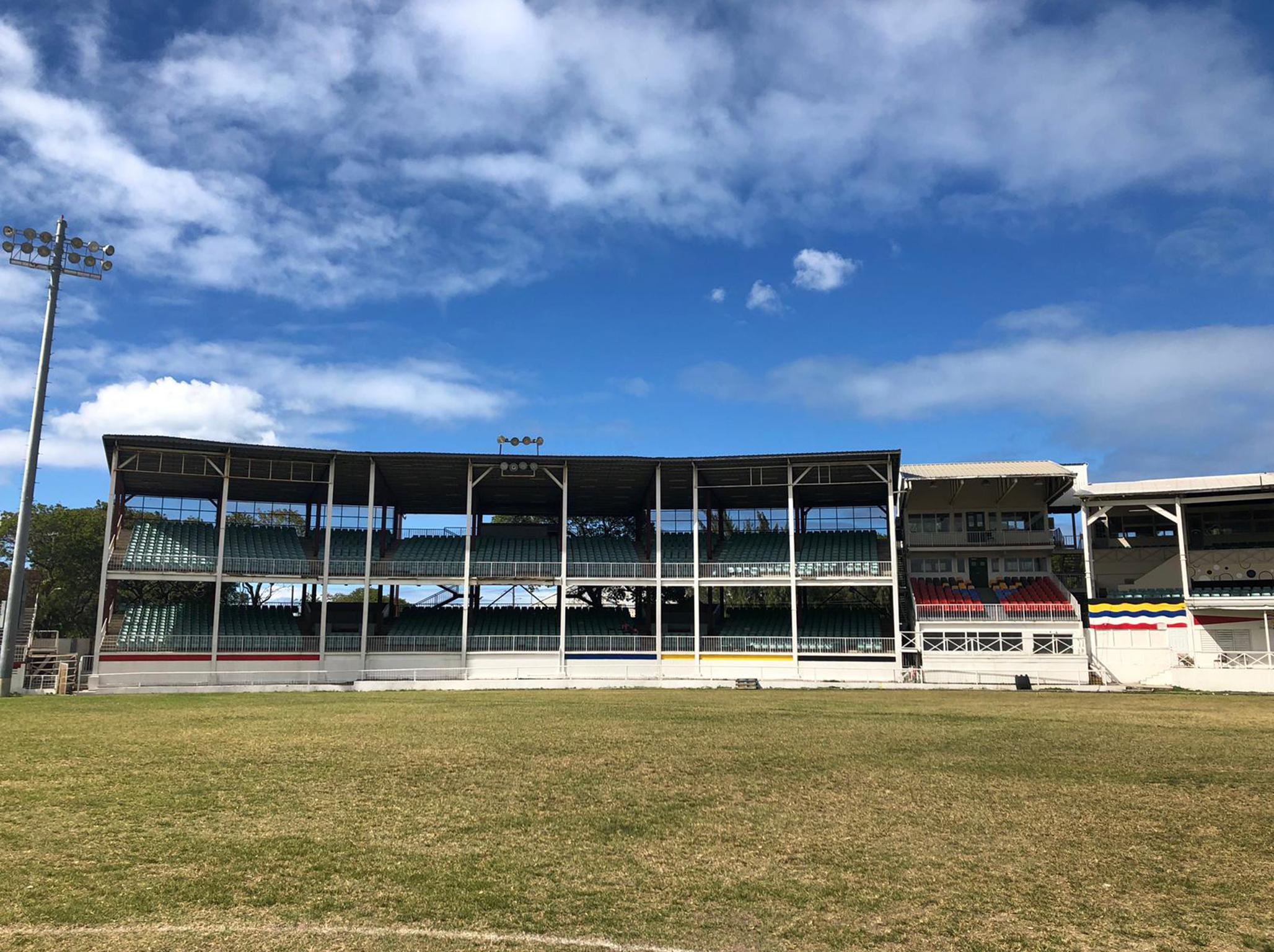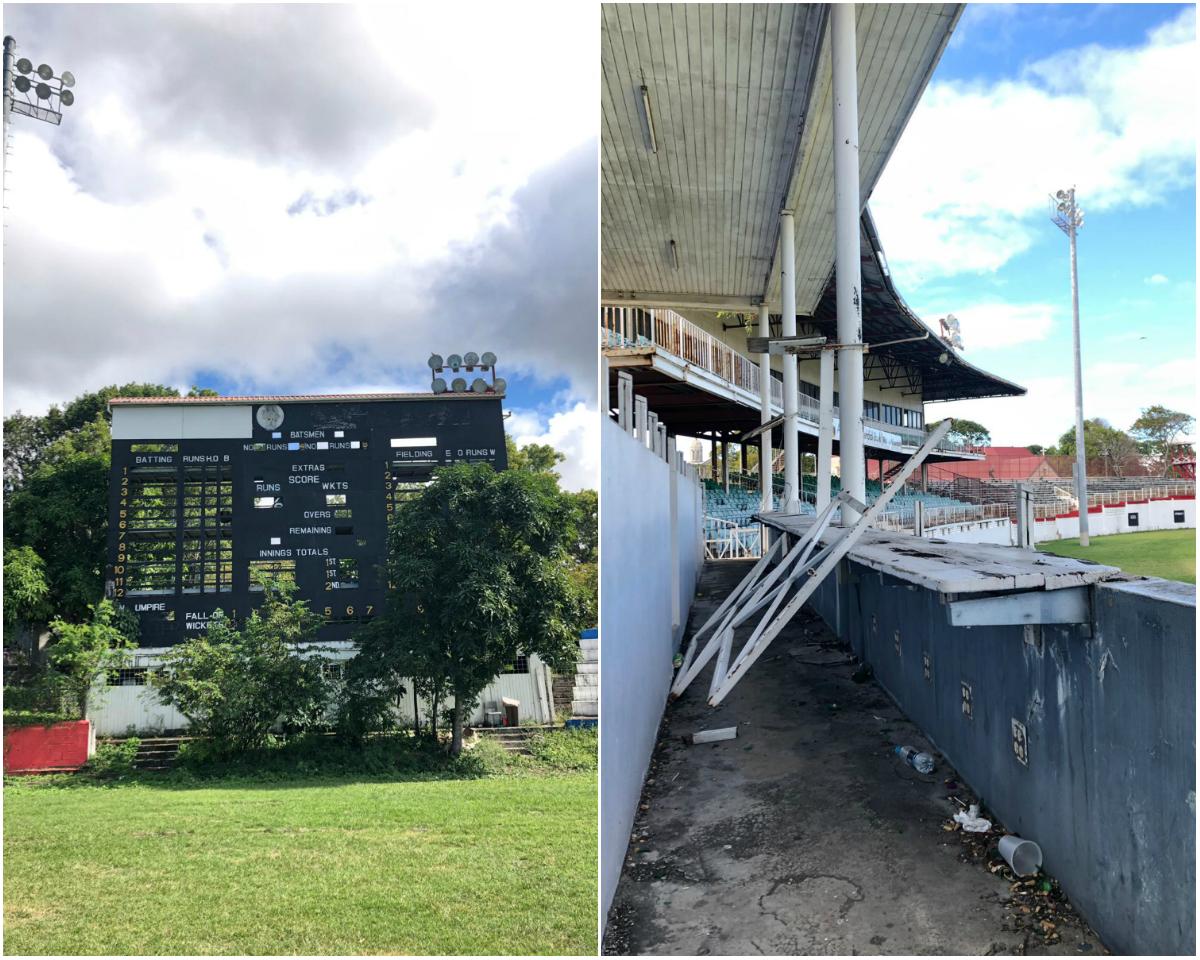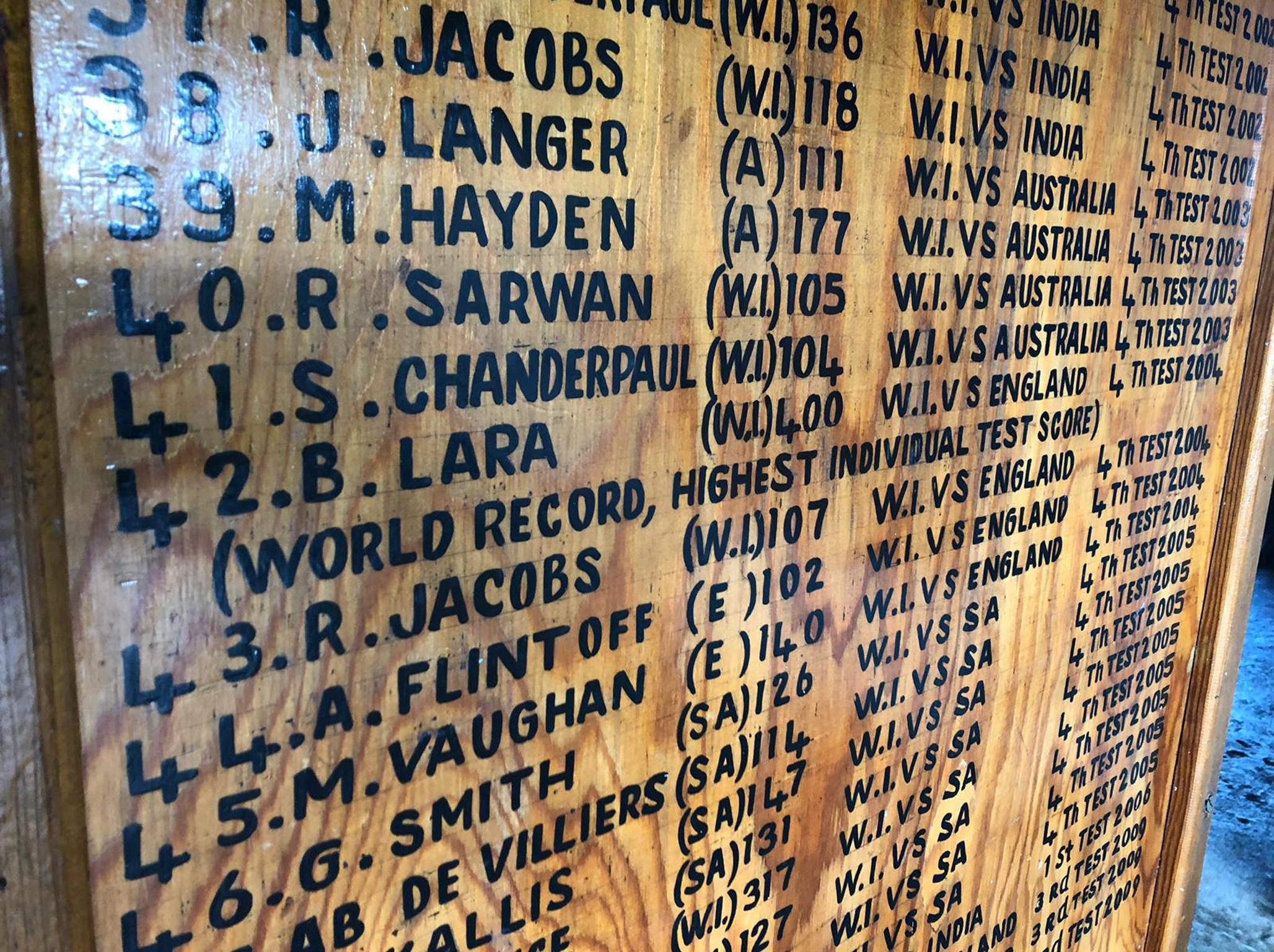Antigua’s Recreation Ground remains a dusty time capsule of cricketing history - and a reminder of what the modern sport has lost
In the shadow of the prison across the road, in amongst the weeds, unkempt but not unloved, there rests the Rec - standing not simply outside the confines of the modern game but in rakish opposition to it

Your support helps us to tell the story
From reproductive rights to climate change to Big Tech, The Independent is on the ground when the story is developing. Whether it's investigating the financials of Elon Musk's pro-Trump PAC or producing our latest documentary, 'The A Word', which shines a light on the American women fighting for reproductive rights, we know how important it is to parse out the facts from the messaging.
At such a critical moment in US history, we need reporters on the ground. Your donation allows us to keep sending journalists to speak to both sides of the story.
The Independent is trusted by Americans across the entire political spectrum. And unlike many other quality news outlets, we choose not to lock Americans out of our reporting and analysis with paywalls. We believe quality journalism should be available to everyone, paid for by those who can afford it.
Your support makes all the difference.The old scoreboard is still there, denuded and skeletal and now partially obscured by trees. It used to take 18 men to operate it, back in the days when – as the locals recount - the Antigua Recreation Ground was a heaving hive of flesh and sweat and reggae and dancing and the smell of jerk chicken and flying fish and just the occasional whiff of ganja.
The paint is peeling. The stands are lined with dust and ancient discarded beer bottles. Light fixings hang waist-high from the ceiling of the long-disused dressing rooms, and weeds are beginning to grow through the press box that was still being built on its first morning of Test cricket in 1981. But you can still walk straight through the gates and out onto the turf, the same turf on which Brian Lara knelt and planted a kiss after breaking the world record. Test cricket may have gone from the Rec for a decade, but its ghosts are still everywhere you look.
The outfield – or what used to be the outfield – is mown and well-kept. They host Carnival here every August, and the local football teams still play here. Goalposts stand at either end, around where Curtly Ambrose and Andy Roberts would have begun their interminable run-ups. But of the Rec’s rich cricketing heritage, little remains and yet everything remains. It’s a living museum, a mausoleum of memories: not simply of the gargantuan feats it has witnessed, but of the game and the culture and the nation it embodied.
It could certainly get hostile, when the temperature rose and tempers began to fray. It’s half a century since the now-legendary Leeward Islands Tournament game between Antigua and St Kitts, when a sweltering crowd of 6,000 stormed the field after a local batsman had been given out first ball caught behind. As the players rushed from the field, the umpire George Edwards was physically assaulted and the game delayed for an hour. Such were the passions that cricket inspired on this island, particularly when it came to their favourite son: the batsman in question, a precocious teenager by the name of Vivian Richards.
Richards grew up just around the corner from the Rec, in the capital of St John’s. His father Malcolm was a guard at the prison across the road, and in the early days of the stadium would roll the pitches alongside many of the inmates. You can still see the foreboding white walls of the prison now, alongside the tall trees that the young Viv would climb to watch the cricket when he couldn’t afford a ticket.

It was Richards, above all, who embodied the fierce and uncompromising values of Antigua, a nation grappling not only with its complex and traumatic colonial heritage but bigger and wealthier neighbours who derided it as an insignificant backwater. By the time of its first Test in 1981, Antigua was still negotiating its exit from what remained of the British Empire, and so the occasion was freighted with pride and significance. Naturally, Richards marked the Rec’s first Test with a century, but over five rain-affected days the West Indies were thwarted by the doughty resistance of Geoff Boycott and Peter Willey, who hit an enormous six into the prison grounds.
From a cricketing perspective, this was the other noteworthy aspect of the Rec: it was a batsman’s paradise. Given a minimum of ten Tests, it remains the best batting ground in Test history, with an average of 38 runs per wicket. And certainly when the sun parched the outfield and the small boundaries seemed to close in, it could feel like an impossible ground for bowling sides to defend. Richards’ crowning achievement was his 56-ball century in 1986, a record that would stand for 30 years. Lara’s 375 and 400 felt predestined from the moment he got settled at the crease. And throughout, these seminal innings were roared on by a raucous and partisan crowd whose energy and fervour would shake the double-decker stands to their rickety foundations.
The classic characters of the Rec have long since passed into legend. “Chicky” the DJ would spin the tunes from his mobile disco. “Gravy” the dancer would throw shapes, often in flamboyant fancy dress. “That was the thing that struck me playing here,” said Nasser Hussain on a recent visit for Sky Sports. “Of all the grounds in world cricket, you knew you were playing in the Caribbean here. The atmosphere was truly remarkable.”

Though it’s 10 years since the Rec held its last Test match, most afternoons you can still find Amazon Knight sitting at the boundary’s edge. For three decades he operated the scoreboard here. Now he guards the hallowed old turf like a faithful sentinel. “Loud, seriously loud,” he says when asked what the Rec was like at its peak. “Viv and Lara were the two greatest I ever saw. But David Gower was just behind them. Robin Smith made a wonderful century here [175, in the same Test that Lara scored 375]. And I never saw a faster bowler than Jeff Jones [the Glamorgan tearaway whose career was decimated by injury but who played a tour game here in the late 1960s].”
These days, Antigua no longer produces great cricketers in the industrial quantities of the past. The promising fast bowler Alzarri Joseph is the country’s best prospect, but among the six Caribbean Premier League franchises there are just two Antiguans among them. Antigua’s own CPL team, the Hawksbills, were disbanded a few years ago for financial reasons. For a generation, this little island was the lodestar of Caribbean cricket. Now, the light is dimming.
Test cricket has survived, but not at the Rec. Instead, England are currently taking on the West Indies at the Vivian Richards Stadium several miles out of town. Built for the 2007 World Cup with Chinese investment, it’s a perfectly acceptable modern stadium. It has plenty of car parking. It has a hot tub and an artificial beach where, late on Thursday afternoon, the travelling English performed a rowdy waterborne conga. It is, as they say, what it is.

And in many ways, the migration from the Rec to the Vivian Stadium reflects the journey of West Indian cricket as a whole: from a game fuelled by passion and heat, to one fuelled by finances and stakeholders. This is not a prosperous part of the world, after all, nor one with a thriving public sector. Most of whatever wealth it possesses is generated from the outside, either in the form of tourism or outside investment. The West Indies cricket board has teetered on the brink of bankruptcy more than once. Many of its best players have been tempted away by riches on offer in franchised Twenty20. And so what’s left is a sport gripped ever more tightly by the tyranny of the bottom line: more corporate, more cynical and somehow less authentic.
It’s both nice and utterly fanciful to wonder whether the Rec will ever stage another cricket game. The island’s second cricket stadium is the Coolidge ground near the airport, better known as the monument built by the billionaire Allen Stanford to his own fraudulent ego. For years they’ve been talking about renovating the Rec, rebuilding the old double-decker West Indies Oil stand, replacing the seats, shoring up the walls that look like they may well subside at any moment.
But frankly, Antigua isn’t the sort of place where these sorts of things come to fruition. And so there the Rec remains, in the shadow of the prison, in amongst the weeds, unkempt but not unloved, a dusty time capsule of cricketing history that seems to stand not simply outside the confines of the modern game but in rakish opposition to it, gently chuckling through the trees.
Join our commenting forum
Join thought-provoking conversations, follow other Independent readers and see their replies
Comments